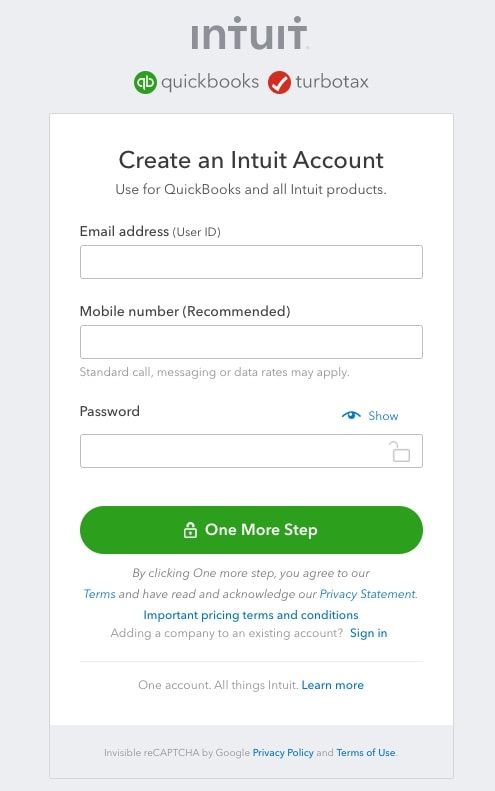Turn on suggestions
Auto-suggest helps you quickly narrow down your search results by suggesting possible matches as you type.
Showing results for
Hello all,
To begin here is a some backstory:
We have an account that is using QB 2020 on an RDS Terminal server. Users connect in multi-user mode and do their work. There is, however, a need to have a particular person connect in both single user and multi user mode. Their ND file corrupted so bad that scanning with File doctor would no longer resolve the H202 error they were getting when attempting to switch from single to multi user mode. After several days, QB support was eventually called and they fixed the issue, we can now access the file in Multi User mode.
It is my understanding that if a file is in MUM and a user wants to access it in SUM...the one querying for SUM has to wait their turn.
Here is the problem: The client wants to always default to MUM, so all users all the time will be accessing the company file in MUM. Our concern is that if we set up QB2020 to behave in this manner, that if a user needs to access said file in SUM, it will either not let them, or break the ND file again. Can anybody here confirm this behavior/have experience with this error. I've scoured google and can't find any definitive proof.
Thanks in advance,
Ianwonders
I appreciate you for sharing a backstory of the issue, @Ianwonders.
I’m glad the H202 error you’ve encountered was resolved. Allow me to share some insights about the users’ modes in your QuickBooks Desktop (QBDT) software.
If your company file is set to Multi-user Mode (MUM), you can set it as Single-user Mode (SUM). This way, only one user can access the file. Ensure that after using the file, the SUM should switch it back to MUM.
To switch between modes, navigate to the File menu and select Switch to Single-user Mode/Switch to Multi-user Mode. I have here an article you can read to learn more about the users' mode in QBDT: Features available and tasks you can perform in single or multi-user mode.
In case you’d encounter the same error in the future, I got you this article that you can utilize to fix the issue: How to fix Error H202 and H505.
I’d also recommend updating your software to the latest release to avoid errors in the future. This way, we can ensure your QBDT software is equipped with the newest features and security. To guide you through the complete process, check out this article for reference: Update QuickBooks Desktop to the latest release.
You can always get back to me if there’s anything else you need help with your QBDT software. I’m only a post way from you. Take care!
Hi JasroV,
Thank you for your response, although I am not sure that it fully answers our question. What we are concerned with is this:
Thanks in advance and sorry for the confusion,
Ianwonders
Thank you for getting back, @Ianwonders.
Network Data (.ND) files are configuration files that allow QuickBooks to access a company file in a network or multi-user environment. The QuickBooks Database Server Manager (QBServerUtilityMgr.exe) exists to create .ND files that identify the database server the program will use. A single-user environment that previously had multi-user access turned on will also contain .ND files.
Accessing the file in a multi-user mode (MUM) and a single user (SUM) at once can cause issues with the .ND file. For now, a SUM user needs to close the file when a MUM user needs to access it. Then, vice versa.
A company file won't open if the .ND file is damaged, incorrect, or if the .QBW file was moved during an upgrade without moving the corresponding.ND file. You can view and recreate .ND files to resolve errors when a company file won't open. If you encountered one, you can check out these articles to resolve it:
Or, you can do the following:
As you continue working with QuickBooks, you can also open our help articles as your additional guides in the future.
I'm always here to help if you have any other questions. Just leave a comment below. Have a great day!

You have clicked a link to a site outside of the QuickBooks or ProFile Communities. By clicking "Continue", you will leave the community and be taken to that site instead.
